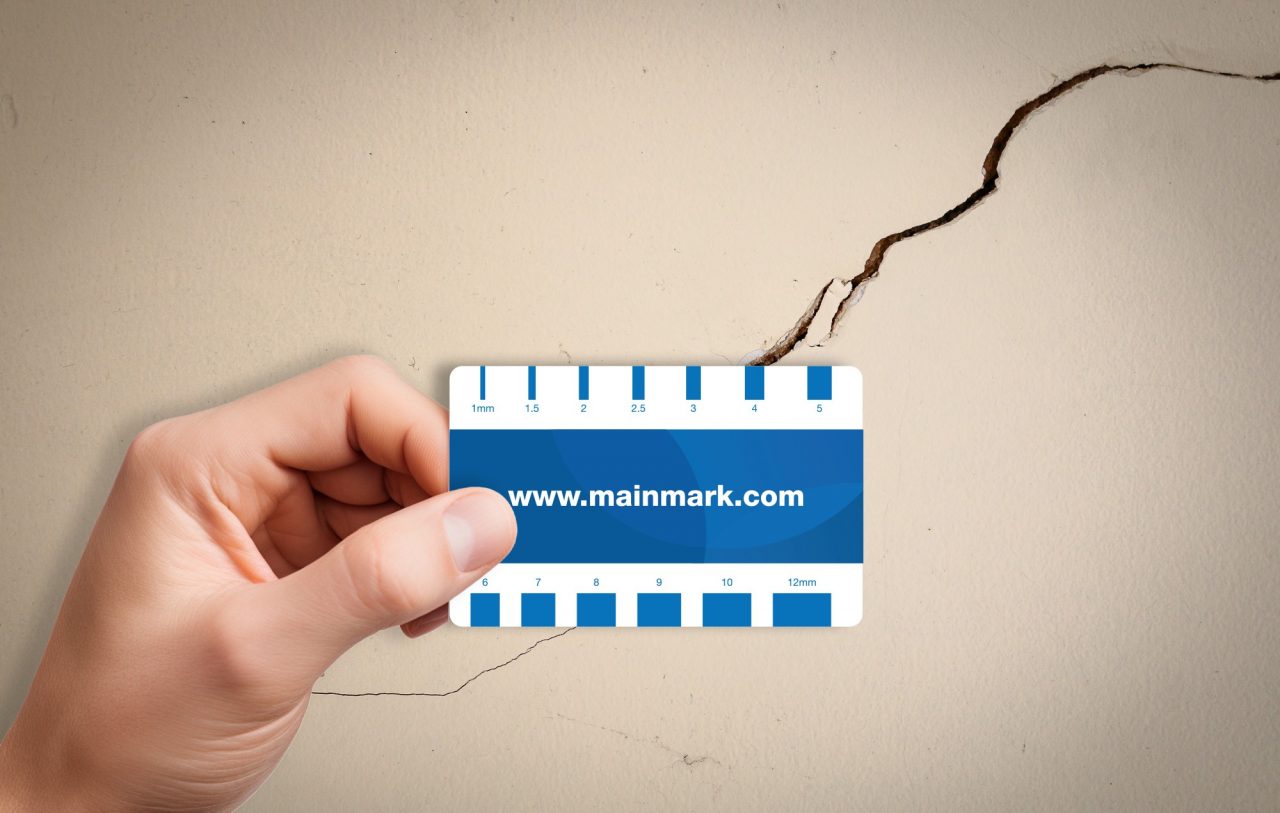When to Worry about Cracks in Brick
Cracks in brickwork can be concerning, but not all cracks indicate a major structural problem. Understanding the type, size, and location of the cracks can help determine whether they are minor or a sign of a more serious issue. Below is a detailed guide on when to worry about cracks in brick and what actions you may need to take.
Common Causes of Cracks in Brickwork
Natural Settling
- New buildings or additions often experience slight shifts as they settle into the ground.
- Minor, hairline cracks in the mortar or bricks may appear but usually do not pose a threat.
Temperature and Moisture Changes
- Brick expands and contracts with temperature changes.
- If there’s too much moisture in the mortar or bricks, freezing and thawing cycles can cause small cracks over time
Foundation Movement
- If the foundation shifts due to soil expansion, erosion, or poor drainage, cracks may form.
- This is one of the most serious causes of cracks and often requires professional evaluation.
Poor Construction or Materials
- Weak mortar or substandard bricks may not hold up well over time, leading to premature cracking.
- If the foundation or walls were not properly reinforced, cracking may occur earlier than expected.
External Pressure
- Tree roots, heavy vehicles, or nearby construction can put pressure on a foundation, leading to cracks in the bricks.
- Hydrostatic pressure from excessive moisture buildup can also cause structural stress.
Types of Brick Cracks & When to Worry
Structural cracks in your walls are clear indicators of potential subsidence issues. Ignoring these warning signs can result in costly damage to your property.
Hairline Cracks – Usually Not Serious
- These cracks are thin and typically appear due to minor settling or temperature changes.
- Often found in mortar joints rather than the bricks themselves.
- If they remain the same size over time, they usually do not indicate a serious problem.
Stair-Step Cracks
- These cracks follow the mortar lines in a zigzag pattern.
- If they are small and not growing, they are likely due to normal settling.
When to worry: If the cracks widen over time or extend through the bricks, it could indicate foundation movement.
Solution: Monitor for changes and consult a professional if the cracks expand.
Vertical Cracks
- Vertical cracks running up and down the wall can indicate foundation settling.
When to worry: If the crack is wider at the top or bottom, it could be a sign of foundation shifting.
Solution: Small vertical cracks can be repaired with sealant, but widening cracks should be evaluated.
Horizontal Cracks
- Horizontal cracks in brick walls are a red flag for serious structural problems.
- These cracks may result from excessive lateral pressure, foundation failure, or water damage.
Solution: A professional from Mainmark should assess horizontal cracks as they may indicate a need for foundation repair.
Cracks with Bulging or Bowing Bricks
- If the brick wall appears to bulge outward or inward, it may indicate structural failure.
- Bulging bricks are often caused by water damage behind the wall, weakening the mortar and support system.
Solution: Immediate professional inspection is needed. The affected wall may require reinforcement or rebuilding.
Cracks Near Windows, Doors, or Chimneys
- These cracks often form where structural stress is concentrated.
- If doors or windows become difficult to open, the foundation may be shifting.
- Chimney cracks can be particularly dangerous since they could indicate instability in the structure.
Solution: Contact Mainmark as soon as possible to organise a FREE site assessment.

Start measuring wall cracks from the convenience of your home.
If you notice wall cracks around your home that are:
Large cracks that start at windows, doorways or corners of buildings
Cracks wider than 5mm
Jagged, horizontal or vertical, zig-zagged, stepped in brickwork or follow mortar line
These characteristics may indicate weakness in your property’s foundation.
To help you discover if the cracks in walls around you home could be due to subsidence, we’ve developed this handy tool. Download our FREE crack gauge and start measuring and monitoring the wall cracks around your home now!
What to Do If You Notice Cracks in Brick
Step 1: Monitor the Cracks
- Take photos and measure the width of the crack.
- Check back in a few months to see if the crack has grown.
Step 2: Look for Additional Signs of Foundation Issues
- Are doors and windows sticking or not closing properly?
- Do you see cracks in interior drywall or ceilings?
- Is your floor uneven or sloping?
- Have you noticed gaps between walls and ceilings?
If multiple signs appear, the foundation may be shifting, and professional assessment is recommended. Contact Mainmark today.
Step 3: Check for Moisture Problems
- Look for water stains or signs of mold near the cracked areas.
- Ensure proper drainage around your home to prevent excessive moisture buildup.
- If water is seeping into cracks, it can lead to further damage.
Step 4: Consult Mainmark Ground Engineering
- If the cracks are large, widening, or accompanied by other structural warning signs, call a foundation expert or structural engineer.
- A professional assessment by a Mainmark expert can determine whether repairs are necessary and what steps should be taken.
Cracked Wall Repairs
Before & After Treatment
Trusted by Homeowners Since 1989
Not all cracks in brickwork are cause for concern, but some can indicate serious structural issues. The key is to monitor the size, direction, and progression of cracks. Small, stable cracks are usually harmless, while widening, stair-step, horizontal, or bulging cracks may signal foundation problems that require professional attention.
Features & Benefits
Mainmark’s Solutions & Technologies

Fast
Our technologies have fast curing times and treated areas can be used immediately or without the delays compared to traditional repair methods.

Environmentally Inert
Our technologies use an inert material that is non-toxic and does not leach into the environment or affect the treated area.

Non-Invasive
Our solutions are of surgical nature compared to traditional methods.

Cost-Effective
Compared to traditional methods, our solutions are more cost-effective, with minimal disruption to the area.
Get a FREE quote
Arrange a site assessment in 3 simple steps:
Step 1
Submit your enquiry using our online form. Include a brief message about the type of foundation issues you are experiencing.
Step 2
Our friendly customer service team will be in touch to schedule a site assessment that suits you.
Step 3
One of the Mainmark experts will visit your home or property, assess the damage, and ascertain the likely cause. They will establish the approach needed, creating a plan specific to the needs of your building and provide you with a detailed quote.

© 2025 The Mainmark group of companies. ‘Mainmark®’, ‘Terefil®’, ‘Terefirm®’ and ‘Teretek®’ are trademarks of the Mainmark group of companies.
Mainmark Ground Engineering Pty Ltd
ABN: 51 606 182 503






























